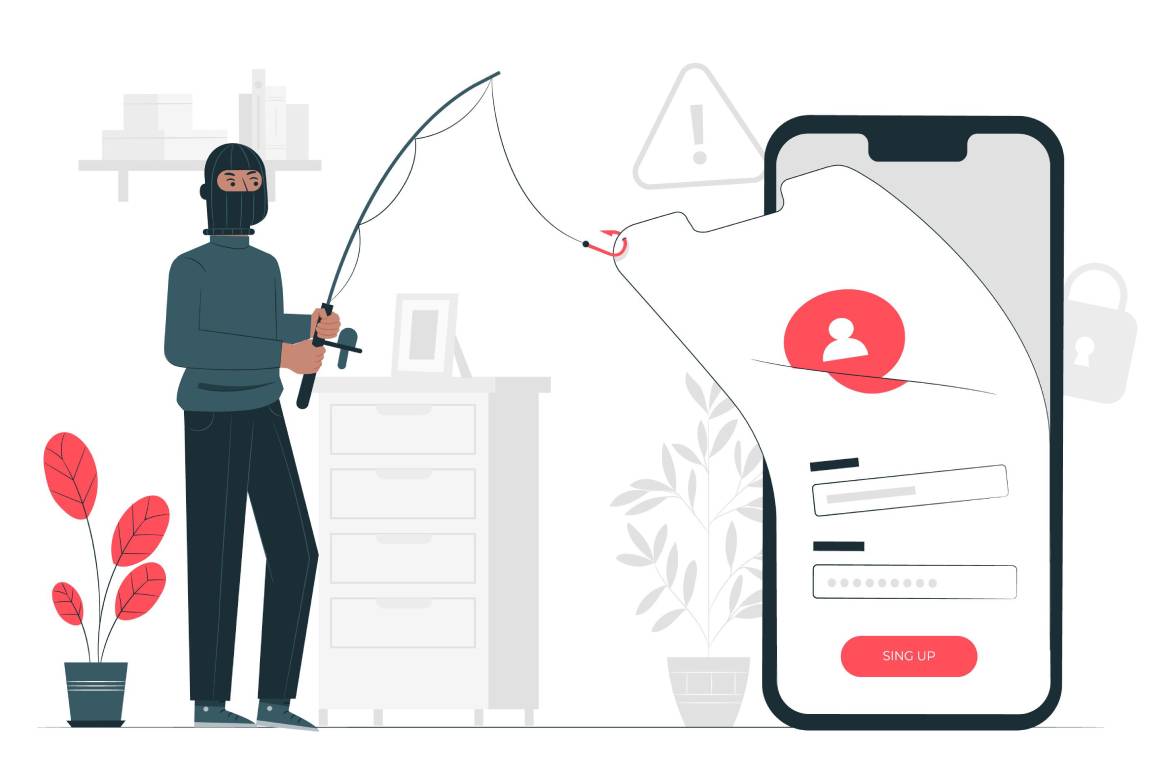Cybersecurity threats are a constant concern for businesses large and small through 2022. Cyber criminals are becoming more sophisticated in their attacks on businesses and individuals, and the cybersecurity industry is struggling to keep up with the changing environment.
The global shortage of cybersecurity specialists isn’t exactly helping companies find it increasingly difficult to find new employees. For smaller companies that don’t rely on in-house cybersecurity specialists, cybersecurity threats are still very topical and an issue that needs to be addressed.
Large companies, while more attractive to cybercriminals, tend to invest significantly more in protection against cyberattacks. Small and medium-sized businesses, on the other hand, don’t invest as much in protecting against cyberattacks, so while the yield for cybercriminals may be lower on small and medium-sized businesses, they are often a much easier target.
While small businesses may not be able to invest in dedicated cybersecurity experts or even work with a cybersecurity vendor, there are some things you can do to protect your business and make it harder for cybercriminals to get in on it access important files on your network.
Below are some of the top cybersecurity tips for small businesses looking to improve their overall cybersecurity protection:
Table of Contents
Invest In Antivirus And Malware Protection
If you haven’t already done so, consider investing in an antivirus and anti-malware suite appropriate for the size of your business, such as: B. one of the following. The good thing about antivirus software is that it can usually be scaled up or down based on the size of your business, and there are packages for all sizes of business.
Make sure you invest in a package that also protects your employees’ personal devices. With the new work-from-home (WFH) and bring-your-own-device (BYOD) culture, personal devices are often used to access corporate networks, which are just as vulnerable to malware and other cyber threats as phishing scams.
Securing your network isn’t just about protecting the devices connected to your network, it’s also about protecting the network itself.
Once you’ve invested in the appropriate software, make sure it’s up to date. Cyber criminals are always looking for vulnerabilities in everyday software, and software vendors regularly deploy security patches to apps and programs to combat these threats.
Use Two-Step Verification
A really simple way to protect your business is to implement a two-step verification process for everyone accessing your network. According to Google, two-step verification, or multi-factor authentication (MFA), is basically a requirement for anyone who logs into the network, or any connected device on the network, to perform a second, or in some cases a third, verification step on top of a traditional password.
This can be a simple SMS code sent to your mobile device, a special authenticator app on your smartphone, or something more secure like a biometric identifier like a fingerprint or face recognition scan.
Many software vendors, including Google, Microsoft, and Apple, rely on two-factor authentication, and it’s one of the easiest (and least expensive) ways for SMBs to protect their network and connected devices.
Use Password Management Tools
Simple passwords are still one of the most common ways for cybercriminals to “hack” a device or app. It’s amazing how many people don’t bother changing passwords that come with a new device, or continue to use the same password for every device, website, and application they log into.
Another easy (and inexpensive) way for organizations to ensure employees are using stronger passwords is to implement a strong password policy in conjunction with a password management tool like One Password or LastPass. Not only do these tools suggest strong passwords for you, but they also store all your passwords in a secure vault that can only be accessed with a master password (which may also require two-factor authentication).
These tools also allow you to set up two-factor authentication through the tool, thus killing two birds with one stone. Tools like this can be useful for small teams where shared passwords are common, as you can also set up shared vaults that allow you to securely share passwords between team members without them communicating through other channels like email or messaging apps.
Educate Employees
Perhaps the best thing you can do to tighten your cybersecurity measures is to invest in cybersecurity training for your employees and make this part of the onboarding process for new employees. From the CEO to the youngest team member, it’s important that everyone follows cybersecurity best practice guidelines.
There are many free resources to help keep you and your team up-skilled, and regular training should be part of your training program to ensure employees are updated on the latest threats and the things that could most impact your business are up to date.
Also Read: What’s In The Antivirus Solution Defender For Endpoints?




